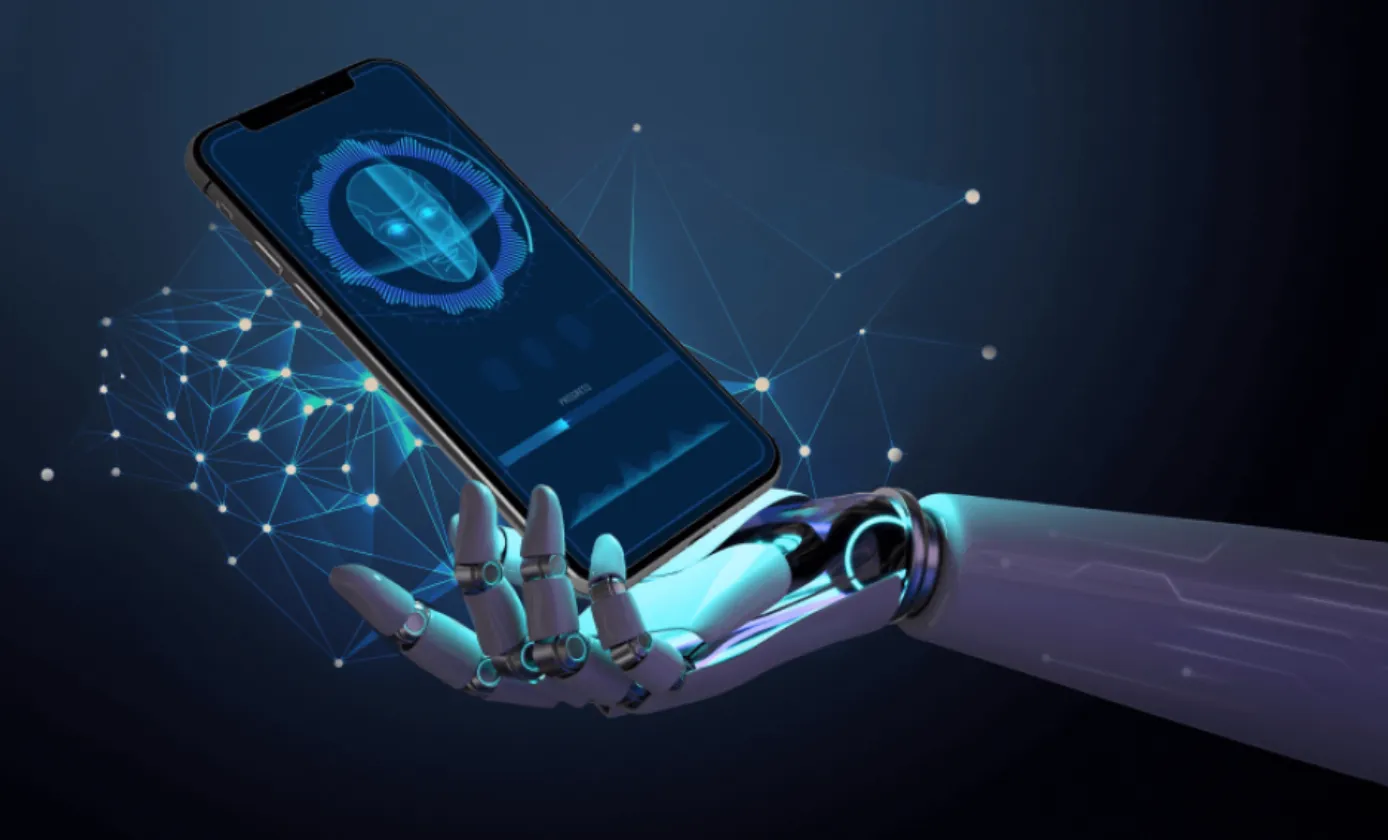
Introduction
The mobile app ecosystem is evolving at breakneck speed, driven largely by advancements in Artificial Intelligence (AI) and Machine Learning (ML). Once confined to simple automation and rule‑based logic, today’s mobile applications leverage AI to deliver hyper‑personalized experiences, streamline complex workflows, and ensure robust security. In this article, we explore how AI is reshaping mobile app UX (User Experience) across key domains—including personalization, customer service, security, and beyond—and what developers and businesses should consider as they build the next generation of intelligent apps.
- Deep Personalization Through Machine Learning
- Behavioral Analysis
AI‑driven apps collect and analyze vast troves of user data: click patterns, session times, content preferences, and more. ML algorithms then identify patterns to tailor recommendations. Netflix’s recommendation engine and Spotify’s Discover Weekly playlists are prime examples, boosting engagement by serving up content uniquely aligned with each user’s tastes. - Adaptive Interfaces
Beyond content recommendations, AI enables UIs (User Interfaces) that adapt in real time. Imagine an e‑commerce app that dynamically reorders product listings based on a shopper’s browsing speed, purchase history, and even prevailing weather conditions. Such context‑aware design fuels conversion by reducing friction and making the app feel “alive” and intuitive.
- Revolutionizing Customer Service with AI Chatbots
- 24/7 Virtual Assistants
AI chatbots embedded within messaging apps or standalone mobile apps can handle FAQs, troubleshoot common issues, and escalate complex cases to human agents. For instance, WhatsApp Business bots can guide users through account setup, order tracking, or service inquiries without human intervention, reducing response times and operational costs. - Sentiment Analysis
Cutting‑edge AI solutions now incorporate Natural Language Processing (NLP) to gauge user sentiment in real time. If a conversation takes a negative turn—perhaps due to frustration or confusion—the bot can route the user to a live support agent. This hybrid approach balances efficiency with empathy, ensuring higher customer satisfaction.
- AI‑Powered Security and Fraud Prevention
- Biometric Authentication
Mobile banking and finance apps are integrating biometric checks—face recognition, fingerprint scans, voice prints—backed by AI to validate identities with unprecedented accuracy. These AI models learn to distinguish genuine user interactions from fraudulent attempts, thwarting unauthorized access. - Anomaly Detection
Transaction monitoring systems employ ML to flag suspicious behavior. For example, if a user typically makes low‑value purchases in one region but suddenly initiates a high‑value transaction halfway across the globe, the AI model can freeze the transaction and alert the user for verification. This real‑time protection significantly mitigates fraud risk.
- Next‑Gen Interaction: Voice and Visual Recognition
- Voice‑First Interfaces
Smart assistants—Google Assistant, Siri, and Alexa—have made voice commands integral to mobile UX. As speech‑to‑text engines become more accurate, apps can embed hands‑free navigation, voice search, and even voice‑activated workflows (e.g., “Pay my utility bill”). - Augmented Visual Search
Visual recognition APIs empower apps to “see” and interpret the world. Google Lens can identify plant species, translate text in real time, or scan product barcodes. Retailers are integrating similar tech so customers can snap a photo of an outfit they like and instantly find similar items in their catalog.
- AI in Healthcare and Wellness Apps
- Personal Health Monitoring
Fitness trackers and wellness apps like Fitbit and MyFitnessPal use AI to analyze heart rate variability, sleep patterns, and dietary intake. These insights allow the apps to deliver tailored workout plans, nutrition suggestions, and even stress‑reduction techniques. - Early Detection and Triage
Emerging AI models can flag early warning signs of health issues—irregular heartbeat, respiratory anomalies, or glucose fluctuations—before they become critical. Some telehealth apps are experimenting with AI‑powered symptom checkers that guide users on whether to seek in‑person care.
- Challenges and Considerations for Developers
- Data Privacy and Ethics
While AI thrives on data, developers must navigate privacy regulations like GDPR and CCPA. Transparent data policies, opt‑in consent mechanisms, and rigorous anonymization practices are non‑negotiable. - Model Bias and Fairness
AI systems can inherit biases from their training data. Continuous auditing, diverse datasets, and bias‑mitigation techniques ensure equitable outcomes—especially crucial in sensitive domains like finance or healthcare. - Performance and Energy Consumption
On‑device AI inference reduces latency and preserves privacy but can strain battery life. Hybrid architectures—where lightweight models run locally and heavier processing occurs in the cloud—often strike the right balance.
Conclusion
AI is no longer an experimental add‑on; it’s the backbone of modern mobile bdg app. From delivering crystal‑clear personalization to safeguarding user data, AI elevates every facet of the user journey. As we move forward, developers and product teams must focus on ethical AI practices, seamless integration, and optimizing for both performance and user trust. The future of mobile apps is intelligent—and it starts with embracing AI today.